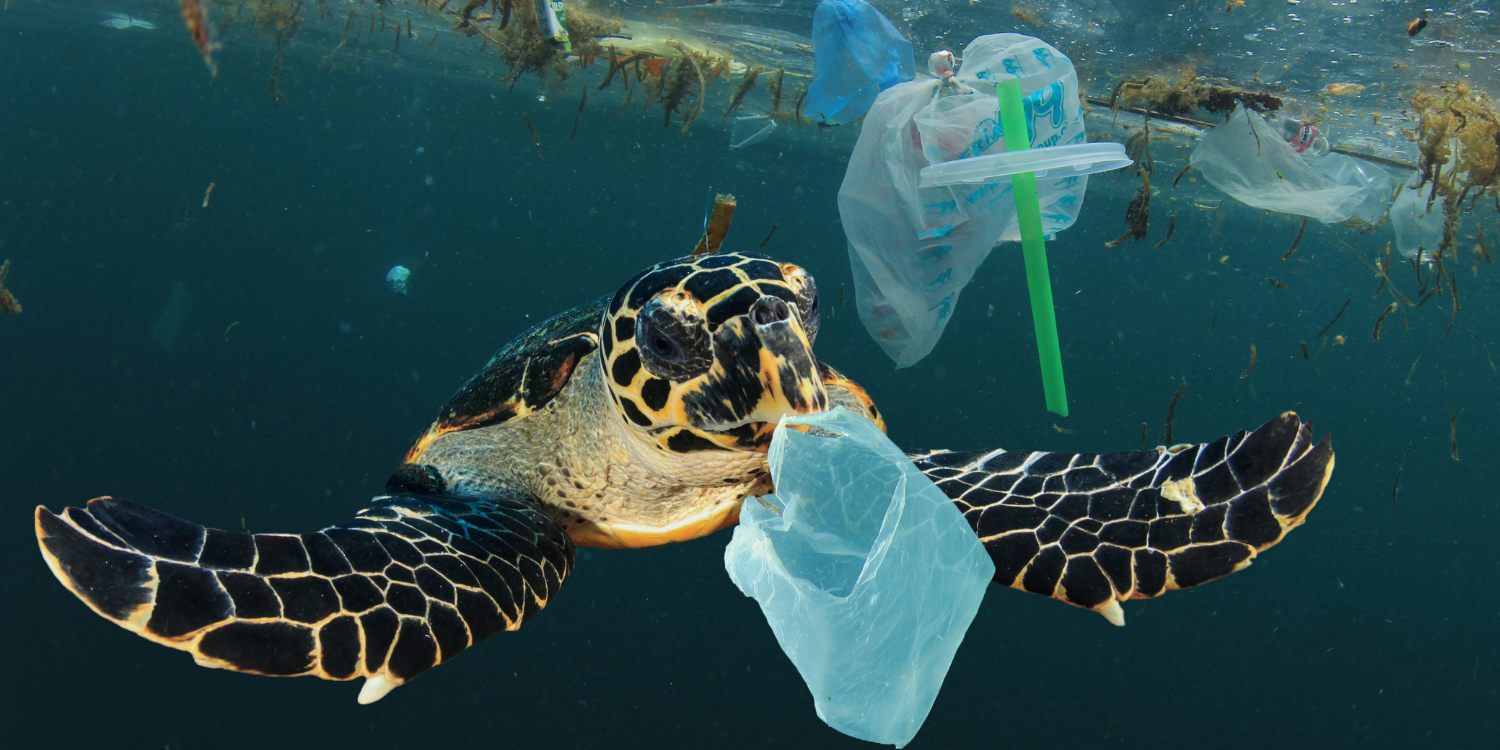
What happens when we eat microplastic?
In a recent article we revealed how laundering our clothes leads to microfibers and micro plastic entering our ecosystems, notably by infiltrating the waste washing water that enters pipelines, and then escapes streaming from treatment plants to end up in the aquatic life of rivers, oceans, and lakes. Once in the ecosystem these micro particles get absorbed by algae and eaten by fish, thus inconspicuously making their way up the food chain and on our plates (watch out raw vegans this may be of concern for you too as you eat algae!). Considering this plethora we thought it legitimate to ask what would be the possible consequences of an intake of microplastic in our organism.
Unfortunately at the moment very few studies have been conducted on the matter due to a lack of funding. Everyone knows the problem is real yet no one is overtly taking responsibility for it yet: not the apparel brands, nor the washing machine industry, never mind governments... Hence no money to investigate this pressing issue.
Still, the Swedish Research Council FORMAS has funded a research on the effects of natural and anthropogenic microparticles on individual fitness in Daphnia magna at Stockholm’s University’s Department of Environmental Science and Analytical Chemistry. Although Daphnia Magna is a planktonic crustacean it is nevertheless a species part of the kingdom Animalia with a digestive system and gender differentiation (male and female yes!) meaning it reproduces sexually and can provide some basic leads to what plastic can do to us.
The study made a distinction between small plastic fragments (MPs produced by degradation of larger plastic waste secondary MPs; such as those released by laundering your super trendy clothes) and microscopic plastic spheres used in cosmetic products and industry (primary MPs) and naturally occurring particles (kaolin clay). The study showed that at a high level the intake of MPS lowered feeding and reproduction and that secondary MPs are more harmful than primary ones. In fact, secondary MPs increase gut passage time and form aggregates in the gut.
The bottom line is that nutrition and procreation are negatively affected: Less food, more time to digest food, and less sex. If the human body is to react similarly than Daphnia Magna this would mean that eating micro-plastic, especially secondary MPs, at a high level would gradually end us: Our food intake would diminish and our digestive systems would be corrupted along with our ability to reproduce.
Now that these results are known perhaps further funding should be encouraged to understand the problem and consequences of microparticles profusion along with a solution that prevents its spread or corrects it!

Leave a comment
This site is protected by hCaptcha and the hCaptcha Privacy Policy and Terms of Service apply.